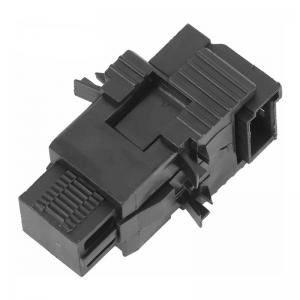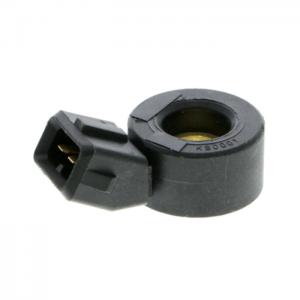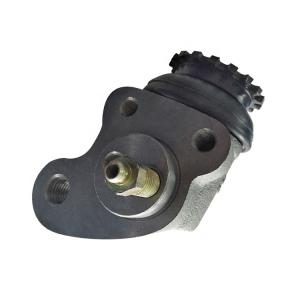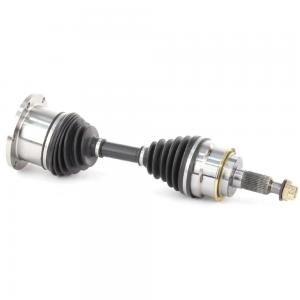Engine Oil Level Sensor
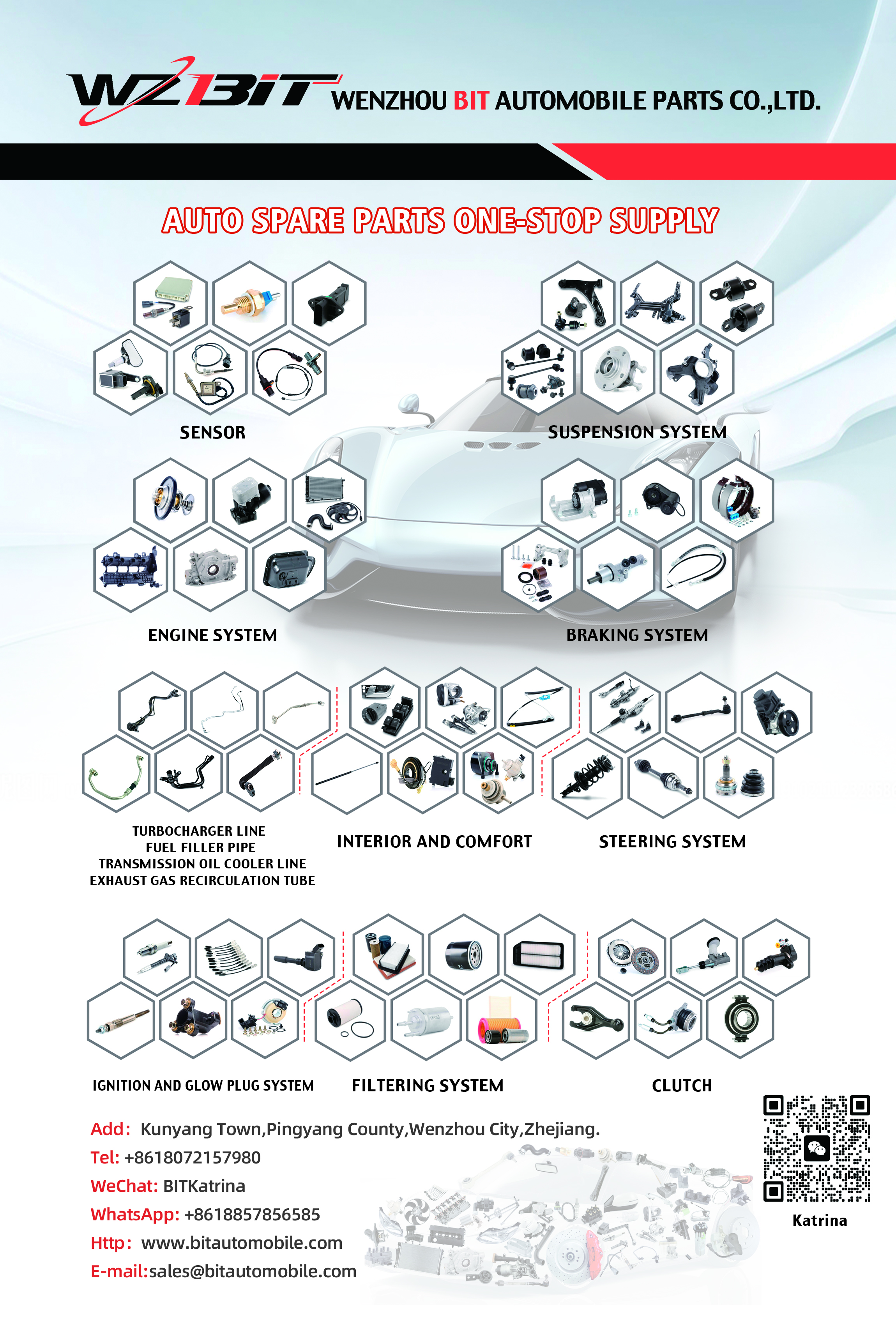
The engine oil level sensor is a component designed to monitor the amount of oil present in the engine's oil pan or sump.
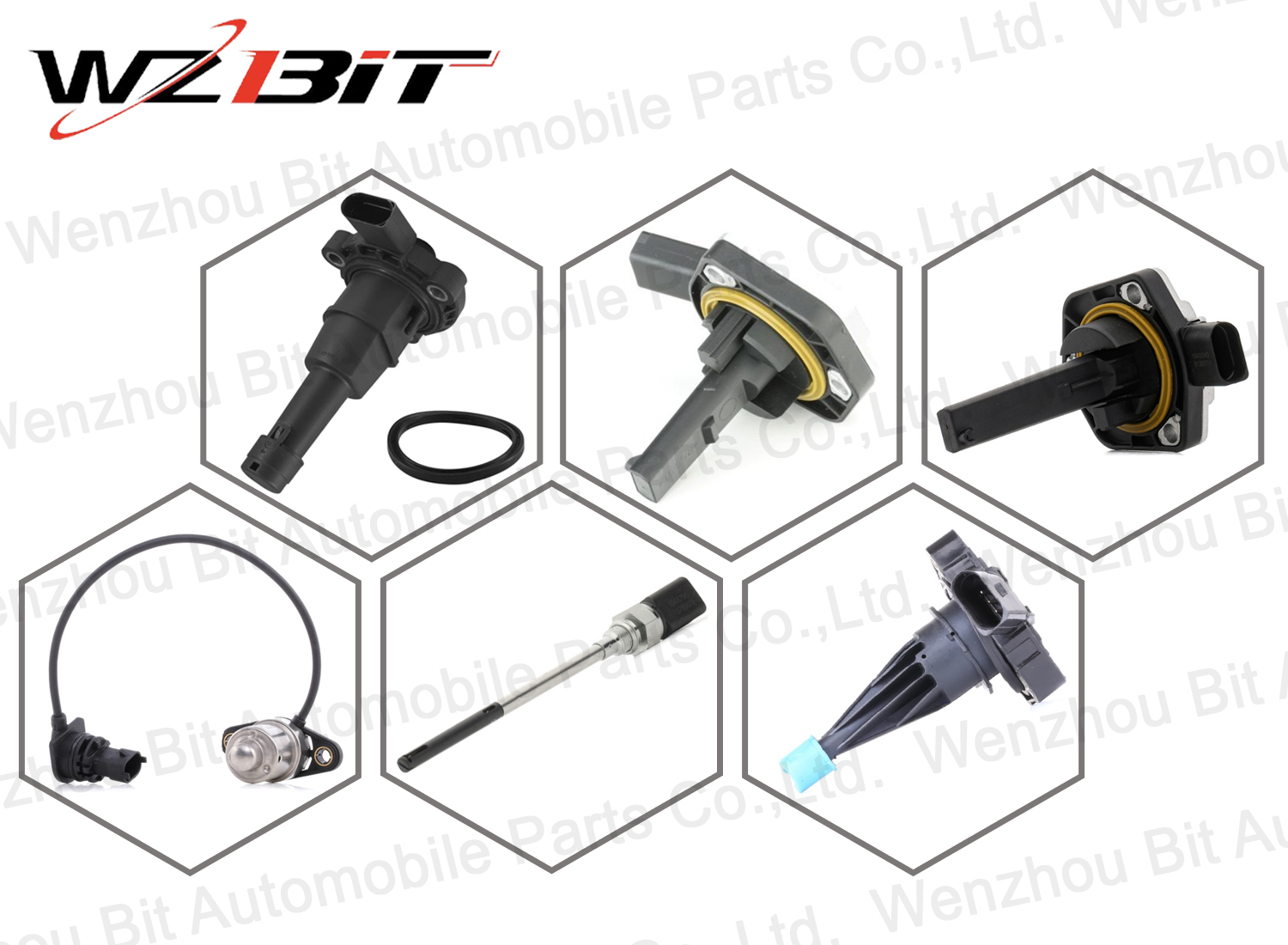
OE Number
12618638754,8638754
Compatible Applications
BMW 750I 2016-2020
BMW ALPINA B7 2017-2020
BMW I8 2019-2020
BMW M550I 2018-2020
BMW M850I 2019-2020
BMW X1 2016-2018
BMW X2 2018
BMW X5 2019-2020
BMW X6 2020
BMW X7 2019-2020
MINI COOPER 2014-2020
MINI COOPER CLUBMAN 2016-2020
MINI COOPER COUNTRYMAN 2017-2020
Function
- Oil Level Monitoring: The primary function of the engine oil level sensor is to monitor the quantity of engine oil in the oil pan or sump.
- Data Transmission: It sends real-time oil level readings to the vehicle’s electronic control system or dashboard display.
- Warning System: Alerts the driver if the oil level drops below a safe operating threshold.
Components
- Float or Capacitive Sensor: Engine oil level sensors typically use a float mechanism that floats on the surface of the oil or a capacitive sensor that measures the dielectric constant of the oil.
- Connector and Wiring: Connects the sensor to the vehicle’s electrical system, transmitting oil level data to the ECU or dashboard.
- Mounting Location: Positioned inside the oil pan or sump where it can accurately measure the oil level.
Operation
- Oil Level Detection: As the engine operates, the sensor continuously monitors the oil level.
- Signal Generation: Changes in oil level cause the float or capacitive sensor to generate a corresponding electrical signal.
- Warning Activation: If the oil level drops below a predetermined threshold (often due to leaks, consumption, or improper maintenance), the sensor triggers a warning light or message on the dashboard to alert the driver.
Importance
- Engine Protection: Maintaining the correct oil level is crucial for lubricating engine components and dissipating heat, preventing premature wear and potential engine damage.
- Early Warning System: Alerts drivers to potential oil leaks or excessive oil consumption, allowing prompt action to prevent engine damage or failure.
- Maintenance Reminder: Helps drivers adhere to recommended oil change intervals and maintenance schedules, ensuring optimal engine performance and longevity.
Maintenance and Troubleshooting
- Inspection: Regularly check the oil level manually using the dipstick, especially if there are concerns about sensor accuracy or dashboard warnings.
- Testing: If the oil level sensor fails to provide accurate readings or triggers false warnings, diagnostic tools can be used to test sensor functionality and signal output.
- Replacement: If the oil level sensor fails due to wear, electrical faults, or contamination, it may need to be replaced. Replacement involves draining the oil, disconnecting electrical connectors, and removing the sensor from its mounting location in the oil pan or sump.
In Summary
The engine oil level sensor is a critical component that helps ensure proper lubrication and protection of the engine. Regular maintenance, monitoring, and prompt replacement of faulty sensors are essential for maintaining reliable oil level detection and preserving engine performance and longevity.
Send your message to us:








